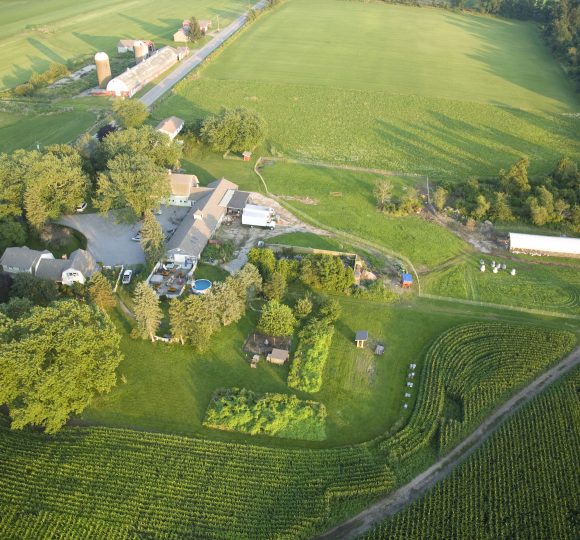In recent years, an emphasis on eating locally grown food has flourished. Amid concerns about the energy required to transport food around the globe, the environmental impacts of large-scale industrial farming operations, and food safety issues, many Americans have sought to direct more of their food-purchasing budget to producers located closer to home. Farmers markets, community-supported agriculture (CSA) programs, and efforts to strengthen connections between regional producers and consumers have grown exponentially to meet this demand; indeed, the number of farmers markets in the U.S. has more than tripled since 1994.
However, eating local is still a niche market. Even as households have increased purchases of locally produced items, large-scale institutions such as school districts, hospitals or supermarket chains Infrastructurestruggle to adapt their buying practices to support smaller suppliers. Significant barriers prevent small and mid-sized farmers and ranchers from connecting with the expanding base of consumers who seek locally grown food.




